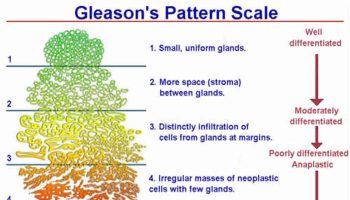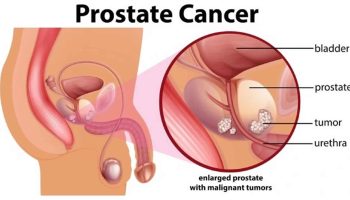Cozen test
Cozen’s test also known as the “resisted wrist extension test” or “resistive tennis elbow test” is to check for lateral epicondylalgia or “tennis elbow”. Sensitivity and specificity has not yet been determined.
Cozen’s test lateral epicondylitis
The patient should be seated, with the elbow extended forearm maximal pronation, wrist radially abducted, and hand in a fist. The therapist should stabilize elbow while palpating lateral epicondyle, other hand placed on the dorsum of the hand.
The patient is asked to move the wrist to dorsal flexion and the therapist provides resistance to this movement, in the position described above 1. The test is positive if pain on the lateral epicondyle is elicited.
To reduce the likelihood of finding pathology at the origin of extensor digitorum, keep the patient’s fingers flexed during resisted wrist extension. During isometric wrist extension, the counter-force should be applied on the dorsoradial aspect of the fist to reduce involving extensor carpi ulnaris and thus obtaining a false-positive finding if there is pathology within this muscle/tendon 2.
- Zwerus EL, Somford MP, Maissan F, Heisen J, Eygendaal D, van den Bekerom MP. Physical examination of the elbow, what is the evidence? A systematic literature review. Br J Sports Med. 2018 Oct 1;52(19):1253-60.[↩]
- Kochar M, Dogra A. Effectiveness of a specific physiotherapy regimen on patients with tennis elbow: clinical study. Physiotherapy, 2002; 88: 333–341.[↩]





